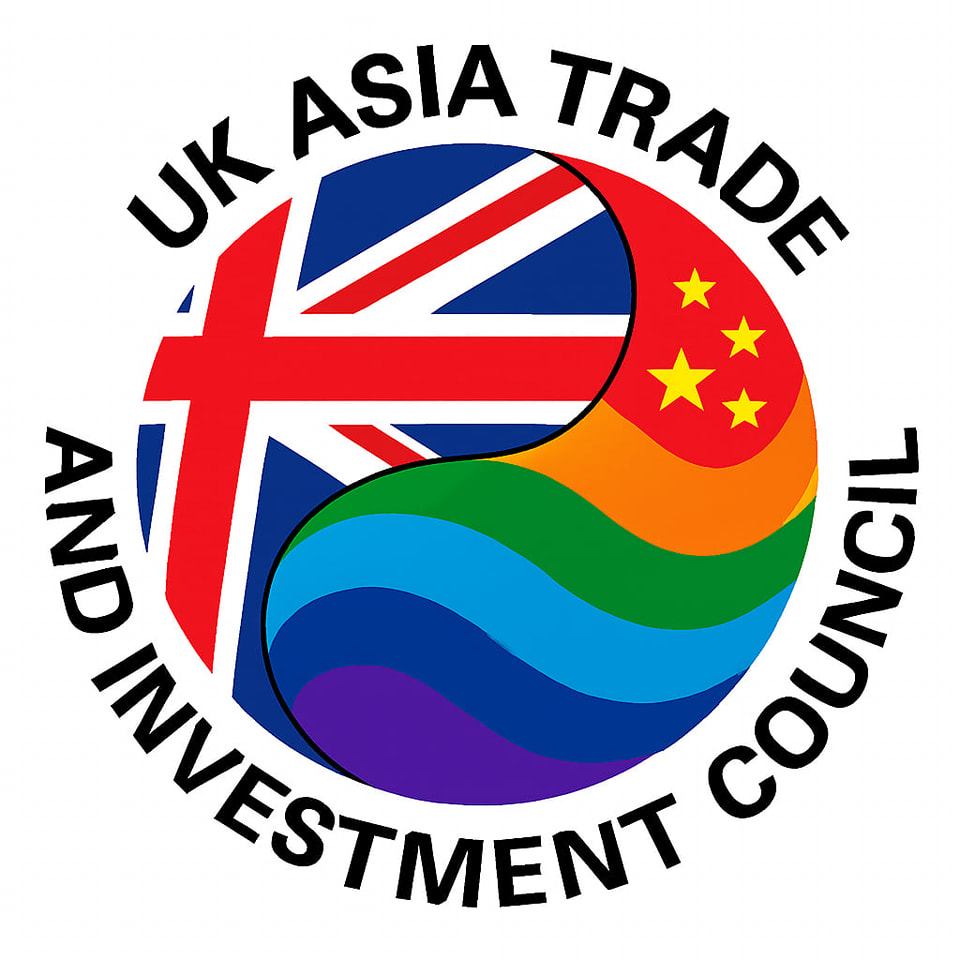India has a target of achieving $1 trillion or more in exports by 2030, an ambitious strategy for India, but it’s not out of reach. With strategic planning, policy reforms and focused investments, the nation can significantly enhance its export capabilities.
This article explores the key factors that will drive India’s export growth and the critical steps the nation must take to realise this ambitious target.
- Trade promotion, FTAs and liberal visa policy
India is in a good position to negotiate new free trade agreements with strategic partners like Great Britain and other nations in Europe, Africa and America to get preferential market access and boost exports. India must actively engage in multilateral trade opportunities. The Indian government must work with and support local export promotion councils and international trade promotion organisations such UK Asia Trade and Investment Council (UKATIC) that can provide exporters with valuable support, including market intelligence, trade facilitation services, and advocacy. Indian businesses should get membership with these organisations, Indian chambers and export councils should have partnerships with organisations such as UKATIC and the government must actively engage them.
India also needs a much liberal visa policy for countries like Great Britain. While India does offer visa free travel to numerous countries, the policy must be extended to strong economies like Great Britain where visitors and businessmen can travel to India without the need for a visa. This will be a significant step in attracting tremendous investment into India and increasing countries exports both in tourism and other industries.
- Increasing Manufacturing
India’s “Make in India” initiative has already laid a strong foundation by attracting foreign direct investment (FDI) and boosting domestic manufacturing. The Production Linked Incentive (PLI) schemes across sectors like electronics, pharmaceuticals, and textiles have been instrumental in enhancing competitiveness. Attracting and continuing investment in these areas are essential to achieving the export targets. This requires investments in infrastructure, technology, and skilled labor. Government incentives, such as tax breaks and subsidies, can encourage domestic manufacturing and attract foreign direct investment.
- Supporting Small and Medium Enterprises (SMEs):
SMEs form the backbone of India’s economy and play a crucial role in exports. Providing them with access to finance, technology, and market information is essential. Helping SMEs take part in conferences and exhibitions around the world will help them market their products and services to global buyers. UKATIC has an SMEs first policy for India and believes that they are the key to achieving the $1 trillion export target by 2030. Government initiatives, such as credit guarantee schemes and export promotion councils as well as chambers of commerce, must support the growth of SMEs in the export sector.
- Improvement in Infrastructure and Technological Transformation:
Efficient logistics are vital for timely and cost-effective delivery of goods. India’s ranking in the World Bank’s Logistics Performance Index has improved significantly, but there is still room for growth. India must invest in modernising its transportation infrastructure, including roads, railways, ports, and airports. Additionally, streamlining customs procedures and reducing bureaucratic hurdles can significantly improve the ease of doing business for exporters. India also must speed up its technological transformation by adopting advanced technologies, such as automation and artificial intelligence, which can enhance productivity and reduce costs.
Government-funded research and development programs can encourage innovation and technology transfer.
- Innovation, R&D and Regulatory Reforms:
India should simplify regulatory procedures and reduce bureaucratic red tape, which will create a more favorable environment for businesses, including exporters. India must tackle internal challenges such as regulatory hurdles, labor market reforms and skills development. The government must attract investment and support research and development (R&D), which will help India stay ahead in the global market. Encouraging innovation across sectors and supporting startups will drive growth and create new export opportunities. A skilled workforce and a conducive business environment will attract both more investments and boost exports of India to achieve its target of $1 trillion and more by 2030.

